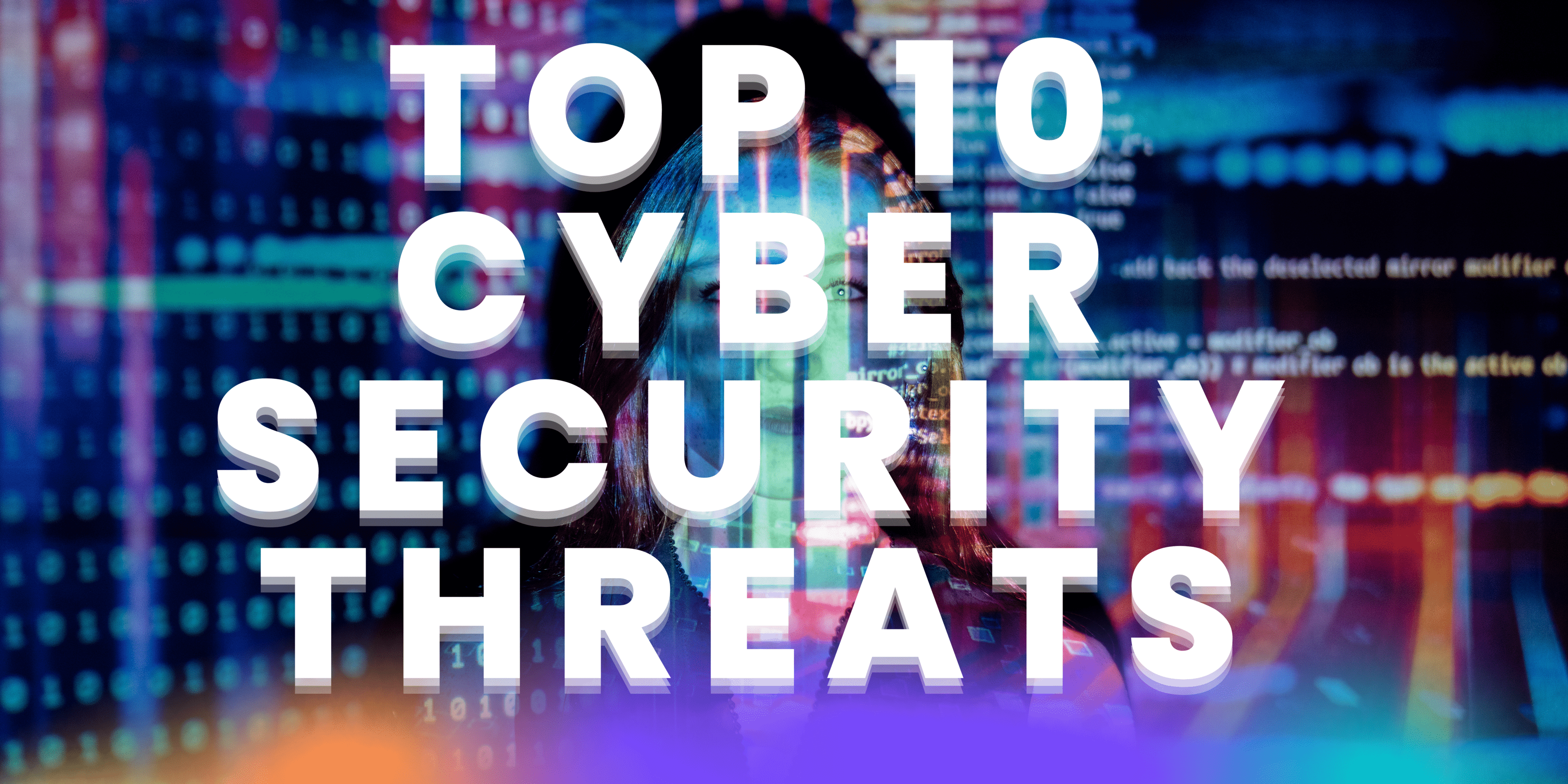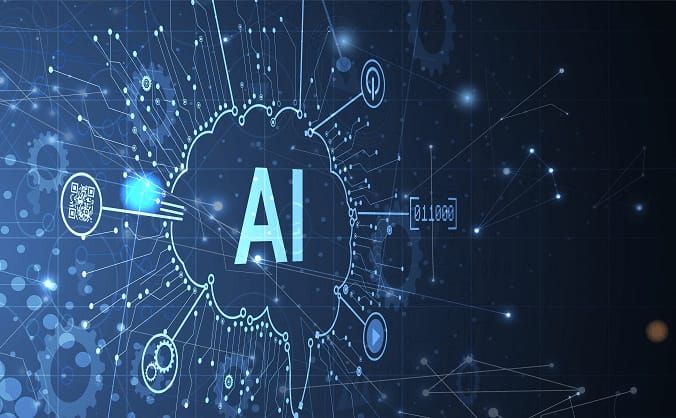You may have heard that cyber security threats are a hot topic. But did you know that cyber-attacks are increasing? People are rushing to deploy “half-baked” cloud technologies, and stored data bloat is growing exponentially.
Plus, legacy cryptography algorithms and protocols aren’t up to snuff in today’s modern world, meaning that cyber attackers are testing and probing for vulnerabilities like never before.
The good news is there are ways you can protect yourself from these threats.
Here are ten of the most common cyber security threats:
Rushing to deploy “half-baked” Cloud Technologies
As with any new technology, there is an inherent risk involved in adopting it.
The cloud has been no exception to this rule and has received a lot of attention due to its ability to make things easier for companies who wish to move their data into the cloud.
However, since it’s not all sunshine and rainbows (and sometimes can be downright scary), you should take extra precautions when using or developing applications using the cloud.
We have put together a list of 10 important considerations when working within this space:
Stored Data Bloat
Stored data bloat, a consequence of the high volume and complexity of stored data, is one of the most common problems faced by organizations today.
Data bloat is caused by the amount of data being stored in cloud storage accounts, which requires significant storage space on both ends (in your account and at Amazon’s end).
When you upload too much data or have unorganized or duplicated files across multiple folders, it can result in slower performance for users who use those files.
As a consequence of bloated data, processing incoming requests and uploading/downloading files between accounts can also result in higher costs.
In addition to these issues with performance and cost, storing unnecessary information may also expose you to compliance risks if you don’t delete sensitive documents regularly enough.
Legacy Cryptography Algorithms and Protocols
The science of cryptography involves encoding and decoding messages. It can be used to protect data, information, and communications. Various applications use cryptography, such as email, instant messaging, and financial transactions.
The most common cryptography algorithms are:
- DES (Data Encryption Standard) – A 56-bit block cipher developed by IBM in the 1970s; vulnerable to brute force attacks.
- 3DES (Triple Data Encryption Standard) – Three times stronger than DES; not widely used due to its performance issues when implemented on specific hardware platforms.
Cyber Attackers test, Probing, and Probe for Vulnerabilities
Cyber attackers are constantly testing, probing, and probing for vulnerabilities.
They are using new methods to attack, including phishing, social engineering, and ransomware.
Cyber attackers are also using new technologies such as AI and machine learning to find and exploit vulnerabilities in your systems.
The Use of Weak Passwords
Hackers can gain access to your account by using a weak password. As for all cyber security issues we cover, it’s best to take preventative measures instead of waiting until something happens.
One way to protect yourself from this hacking is by using long passwords that contain both upper- and lowercase letters, numbers, and symbols.
You should also change your password regularly (e.g., every 90 days) so that if someone steals it, they won’t be able to use it for a long time before you change it again.
Additionally, never use the same password across multiple accounts because that makes it easier for hackers to access all of them if they hack into one account and figure out which password(s) belong together as part of a pattern; changing them periodically helps mitigate this risk as well!
The Utilization of Internet of Things (IoT) Devices has Increased
The increased utilization of Io T devices has made them vulnerable to cyber-attacks. These devices’ lack of security features makes it easier for attackers to launch attacks on them. The most common forms of aggression are:
- DDoS – Distributed Denial-of-Service (DDoS) is one of the most popular forms of attack carried out by cybercriminals as it helps them cause significant disruption with minimal resources. DDoS attacks use multiple computers or IoT devices that have been compromised by malware to launch volumetric floods against target servers, which causes them to crash or go offline temporarily.
- Fraud – Fraudsters often use Io T devices such as smart fridges and thermostats to control their operation remotely and steal electricity from unsuspecting victims’ homes at night when they are sleeping (often referred to as ‘smart meter hacks’).
Weak identity Management and Access control for Cyber Security Threats
Identity management is managing user accounts’ creation, maintenance, and control. This includes password policies and access restrictions. Having weak passwords (like 12345) or stolen credentials can lead to data breaches.
An example of weak access control is when you have an employee who has access to confidential information but no longer works for your company.
The IT department never deleted or disabled their account, so you can’t tell if they are still accessing the information.
Outdated Web Browsers
- Web browsers are important because they’re the applications you use to access the internet.
- You can check if your web browser is up to date by visiting https://www.whatbrowser.org/. If it’s not up to date, there will be a red warning message at the top of the page that tells you which version of your browser is outdated and what version is the latest (e.g., “Your web browser is out of date! Please update!”).
- If you don’t update your software, then it may become vulnerable to viruses or other attacks by cyber criminals who want to steal your data or invade your privacy online—meaning that hackers could potentially get hold of sensitive information like passwords or credit card numbers without authorization from you!
- To update your software: first, visit https://www.whatbrowser.org/; then click “Download”; next, choose whether you have Chrome installed on Windows 10/8/7 computers (click “Download” again) or Safari for Mac OS X computers (click “Download” again); finally restart the computer after downloading has finished.
Attacks on ATMs and Po S Devices
ATMs and Po S devices are vulnerable to attacks.
ATM malware is a growing threat. What’s more, it’s getting harder to detect ATM malware, as hackers use rootkits or boot kits that hide the malicious code in system memory and only activate it when needed.
Po S malware is a growing threat as well. There is a possibility that PoS malware will steal personal information such as customer card data, pin numbers, and bank account credentials.
An increase in Mobile Payments may Increase the Risk of Fraud
As the use of mobile payments increases, so too does the potential for fraud. According to a recent IBM Security and the Ponemon Institute report, nearly half (47%) of all businesses surveyed had experienced fraud in 2018.
While not all instances involved mobile payments, they still represent a significant portion of financial losses due to cybercrime.
In light of this trend toward more frequent use of digital banking services, it is important to know how best to protect yourself from becoming a victim of this type of crime and what steps you should take if you are unfortunate enough to become one yourself.
Common Cyber Security Threats
Cybersecurity threats are common, and there are ways you can protect yourself.
The following are some of the things you should know when it comes to cyber security:
- We’re rushing into cloud technology before we’ve tested it thoroughly. This can lead to data breaches and other vulnerabilities.
- Many companies have not invested enough time or money in their IT infrastructure, which leaves them vulnerable to cybercrime attacks.
Conclusion
While these are the top 10 cyber security threats, there are many more to be aware of. We must take the time to ensure our systems and data are secure to avoid being a victim of cybercrime.



